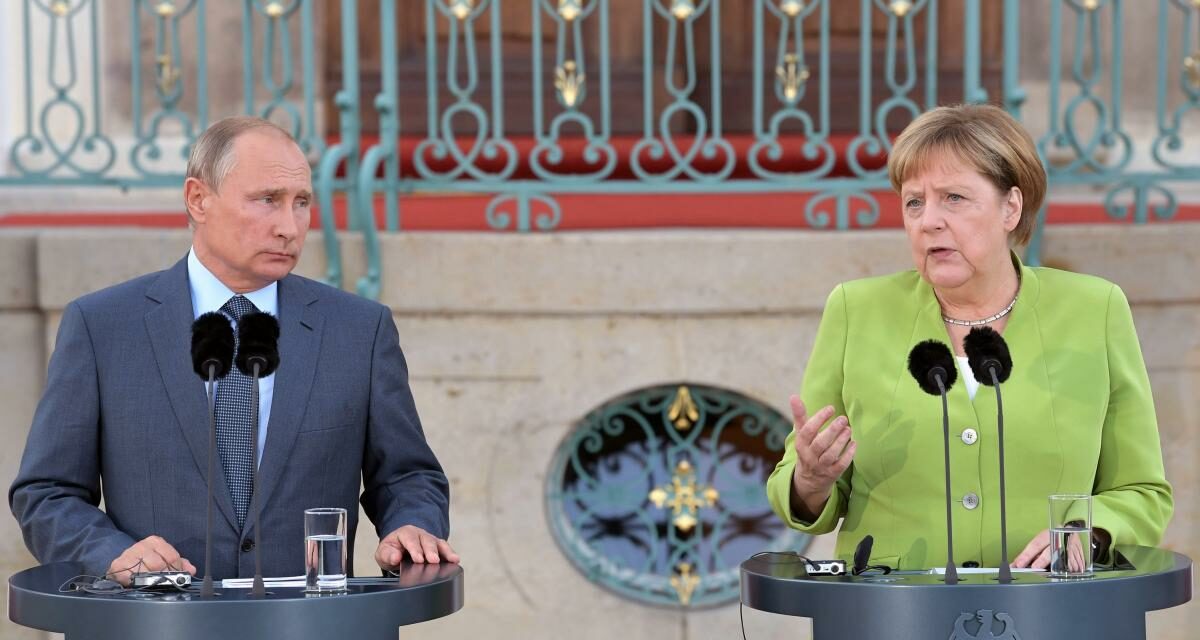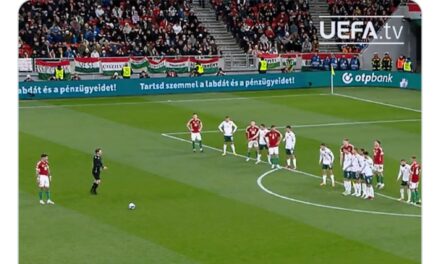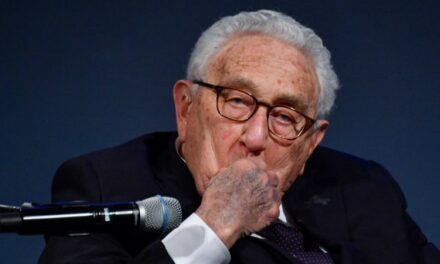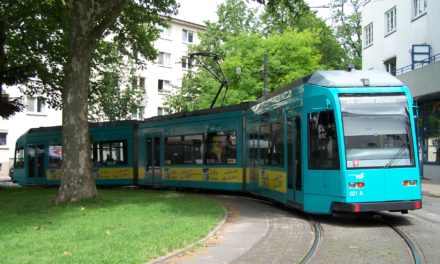The West was already preparing for war against Russia in 2015. He had no intention of persuading Ukraine to stop fighting with the separatist Russian-speaking region. He wanted to buy time in which to prepare Ukraine for war. By spectacularly advocating for negotiations, he set a trap for Moscow as a diversionary maneuver.
In 2014, the United States organized a coup in Kiev for "barely" five billion dollars, and they ousted the legally elected president of Ukraine, Viktor Yanukovych. Only because he refused to sign the association agreement with the European Union and began to "push" towards Moscow. And his successor, Petro Poroshenko, turned the wheel of government back because he would have even written into the Ukrainian constitution that his country would become a member of NATO and the EU.
After the 2014 coup that overthrew the Ukrainian president, the West set a trap for Moscow, which it realized only too late. At the end of the year, under strong Western urging, the parties sat down at the negotiating table in the Belarusian capital and finally signed the agreement, which had already been amended several times, in Minsk in February 2015. In addition to the immediate cease-fire, among other things, we find clauses such as the separation of the Ukrainian army and separatist militants with a 30-kilometer buffer zone, the withdrawal of heavy weapons, the release of hostages and prisoners of war, and the departure of foreign militants.
However, the agreement was doomed from the start, because it included:
Kyiv must accept the dialogue on the future status of the regions of Donetsk and Luhansk (Donbass) and carry out a constitutional reform in order to decentralize public administration, that is, Donbass must create some kind of separate status.
However, time exceeded the fulfillment of these two latter clauses. By that time, nationalists, the extreme right, and neo-fascists dominated the political scene in Kiev. However, on paper the agreement existed, the only positive outcome of which was that although armed fights became commonplace, the conflict did not escalate.
Seven years have passed since the Minsk agreement, and one day the Kremlin woke up to a NATO-compatible aggressive army lining up along Russia's western borders, despite the fact that Ukraine is not a member of the Western defense system. Taking advantage of the time, the West seriously equipped the Ukrainian army. Even before the outbreak of war, Zelensky confidently declared: "Minsk agreements do not exist!"
But what actually happened? "The West had no intention of forcing Kiev to fulfill the Minsk agreement. Instead, the goal was to buy time and use it to strengthen Ukraine militarily," former German Chancellor Angela Merkel said in an interview with the German newspaper Die Zeit the other day. In other words, already in 2015, the West decided that in order to weaken Russia, it started some kind of armed conflict. So the West did not use the Minsk agreements to reconcile the parties, but to prepare Ukraine for war against Russia.
However, Moscow, trusting in the good German economic relations at the time, only belatedly reacted to the exposed trap. He was about to step in when he noticed the danger at the last moment.
According to Merkel, the Minsk agreements were successful in one respect because “Ukraine used the time to become stronger, as you can see today. The Ukraine of those times is not the Ukraine of today. Then Putin could easily have won. And I very much doubt that NATO countries could have done as much back then as they are doing today to help Kiev," argued Merkel.
For Moscow, the formula is clear: the West cannot be trusted, so ready facts must be presented. There was nothing to do.
Now, who started this war?
Source and full article: Magyar Hírlap
Featured Image: SERGEY GUNEEV/
SPUTNIK













